Unmet Needs and Therapeutic Targets for Diffuse Large B-Cell Lymphoma and Follicular Lymphoma
By Blood Cancers Today Staff Writers - Last Updated: April 19, 2023A roundtable discussion, moderated by Kami J. Maddocks, MD, of the James Cancer Hospital, Ohio State University Comprehensive Cancer Center, focused on treatment options for diffuse large B-cell lymphoma and follicular lymphoma, including novel emerging therapies and treatment sequencing considerations. Dr. Maddocks was joined by a panel that included Pierluigi Porcu, MD; Pamela Blair Allen, MD, MSc; and Jonathan W. Friedberg, MD.
In the first segment of the roundtable series, the panel discusses unmet needs in this patient population and how to best treat different patient subgroups, including emerging therapies that may meet these needs.
—
Dr. Maddocks: Let’s start by discussing the unmet needs and emerging therapies in follicular lymphoma and diffuse large B-cell lymphoma. I’ll start with diffuse large B-cell lymphoma. What do you guys think are the major unmet needs in diffuse large B-cell lymphoma treatment?
Dr. Friedberg: I think since we’ve seen a lot of improvement in outcome of diffuse large B-cell lymphoma, it’s tantalizing to think that maybe there aren’t so many unmet needs, but I believe there still are. Although we cure the majority of patients with diffuse large B-cell lymphoma, for the subset who progress after initial therapy, the cure rate is still not where it should be, and the morbidity of those treatments, whether it’s autologous transplant, CAR T-cell therapy or, for older patients, sequential novel agents, is substantial. So I think a better use of the genetics that define the high risk as far as treatment choice, as well as optimizing therapy in the relapse setting are important directions for us to continue to study.
Dr. Maddocks: I think that’s a good point. We do better at relapse disease than we did five years ago and prior to that, but there’s still, even with CAR T-cell therapy, the majority of patients are not going to be cured of their disease when they relapse.
Dr. Porcu: And there are also several subsets of patients with DLBCL that continue not to do well, and the unmet need there is quite significant. Think about the double-hit high-grade B-cell lymphomas, potentially even the double expressors as well. And then there are those kind of perennial questions, how do we prevent CNS relapse in DLBCL, which we been swinging back and forth between intrathecal chemotherapy, high-dose methotrexate, and then the data on high dose methotrexate didn’t seem to pan out. So right now we’re in a total gray zone of what to do for those patients, how to integrate it. So I think those are just two definitely remaining.
Dr. Allen: And I think along that same vein, patients that have either concurrent CNS involvement with diffuse large B-cell or relapse in the central nervous system is another area that I think is still a little bit unclear in terms of how we should treat those patients.
Dr. Maddocks: Yeah, I think that’s another area we’ve seen some activity with a CAR T-cell too, but still need to do much better. Are there therapies you see emerging currently that you think might help address some of these needs in diffuse large B-cell lymphoma, something kind of later in development?
Dr. Porcu: I think that in the frontline landscape, we all know that all the randomized trials really didn’t show any significant movement except perhaps for the POLARIX trial. But in the POLARIX trial, some of those subsets didn’t seem to benefit. So for example, the double-hit lymphomas in the POLARIX trial didn’t seem to be doing better. I think that there are some data looking at the double expressors that I think were presented at ASCO earlier this year as a follow-up on that study that seemed to show perhaps a benefit. So I don’t think we seem to be having anything on the front line that clearly addresses these particular unmet needs.
Dr. Friedberg: I would view the study with polatuzumab as a positive trial, it met its end point, there was a significant hazard ratio favoring the polatuzumab-containing arm. And again, this trial enrolled patients with IPI 2 and above diffuse large B-cell lymphoma. Those subset analyses, the study wasn’t necessarily powered to look at those, although I agree that particularly for the double-hit, the small number of patients that were treated didn’t appear to do very well.
To my knowledge, that’s not been adjusted for in multivariate analyses regarding other risk factors that could have been present. I think we’re waiting for FDA approval, but when we get FDA approval, in my mind, that will likely replace R-CHOP for most patients that met the study criteria who I treat. I think that the toxicity profile was favorable. It didn’t appear that different from R-CHOP. And it is a regimen that I think we’ll be able to build other things by adding drugs. So I think we should view it as a positive development.
Dr. Porcu: Certainly some subset of patients did very well. I think the higher risk IPI, they did better, and I think the older patients as well. So there’s no question that it’s kind of an advance.
Dr. Maddocks: Yeah, I agree that it’s likely to be approved and my intention is to use it because I think it does provide a benefit, and like you said, the toxicity was impressive because it wasn’t different. And I think that’s been a challenge in double-hit lymphomas. They’re included on these studies, but they’re usually small numbers, and then a lot of the regimens that we’ve tried to study in that population, toxicity has been a challenge.
Dr. Allen: And the regimens we thought were going to improve outcomes, the more aggressive regimens, haven’t necessarily panned out the way that we expected.
Dr. Friedberg: And I think we learned recently when trying to combine agents with regimens like dose-adjusted EPOCH, the toxicity again was significantly problematic. So I think the ability to potentially build upon R-CHOP or polatuzumab-CHP with rituximab is appealing with a rational agent for the double-hit subset.
Dr. Allen: Or orally incorporation of CAR T-cell therapy has been studied. I think that’ll be really interesting once we get more data there.
—

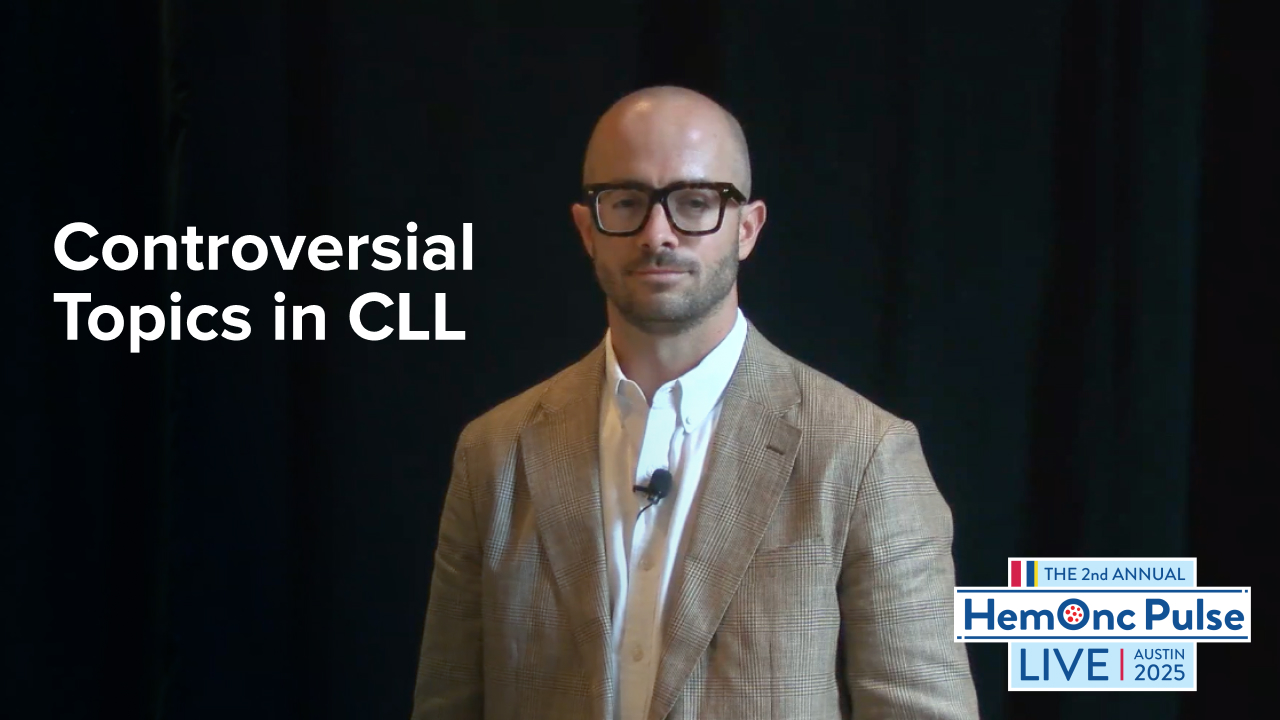
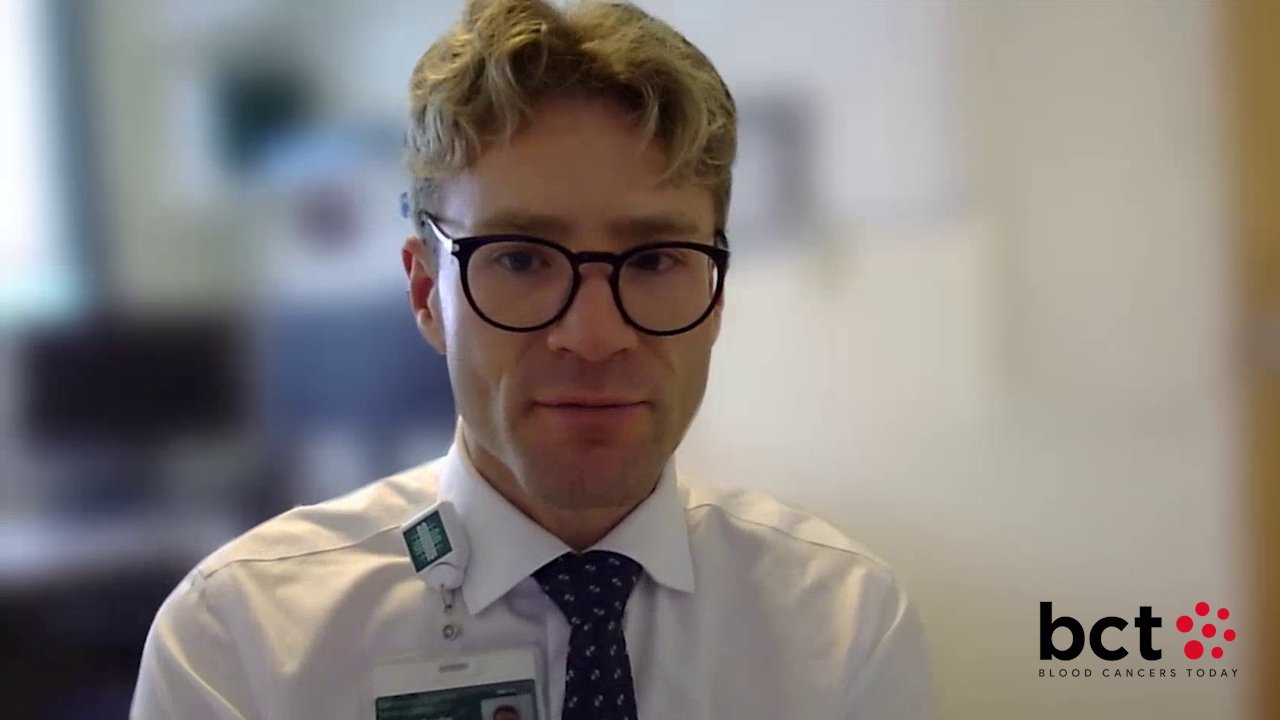
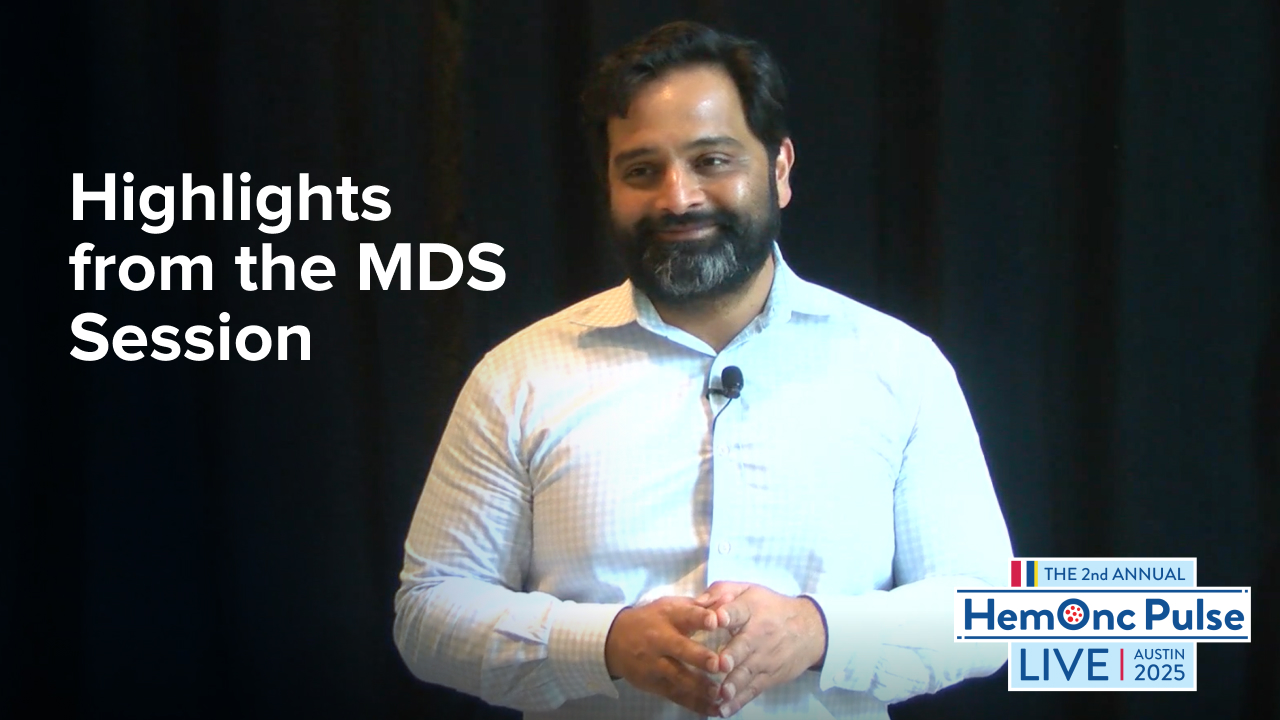
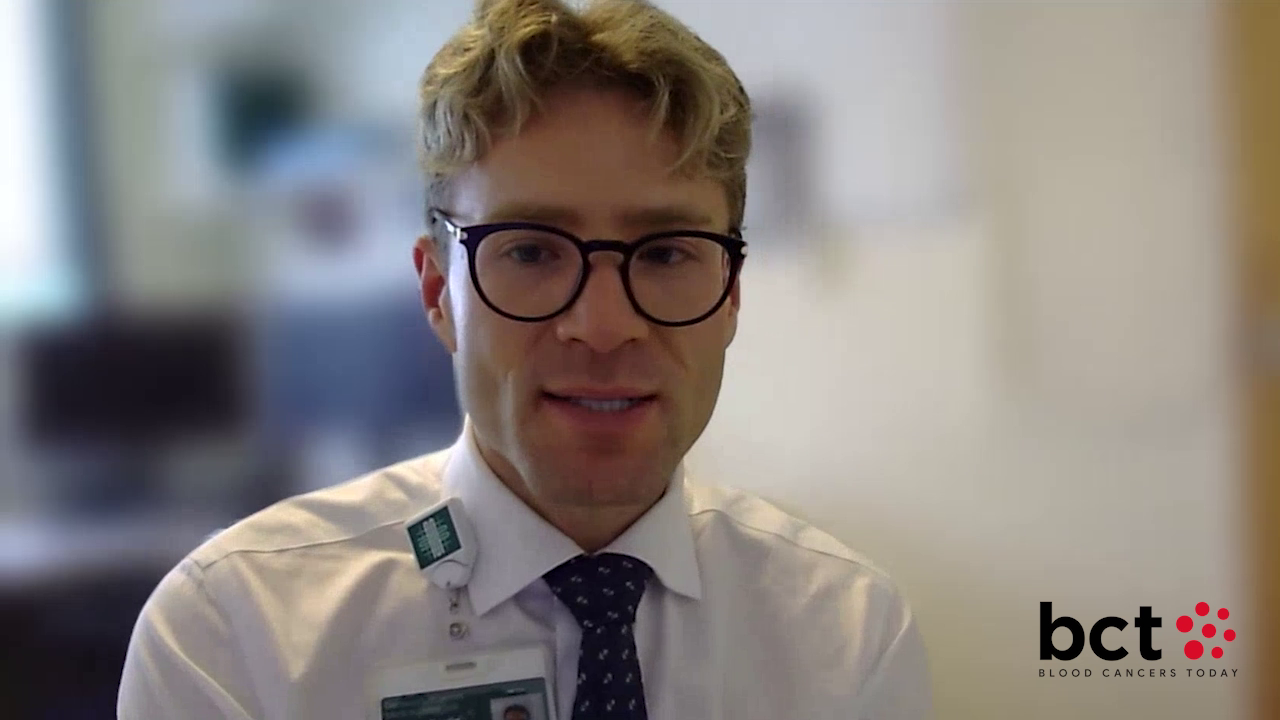
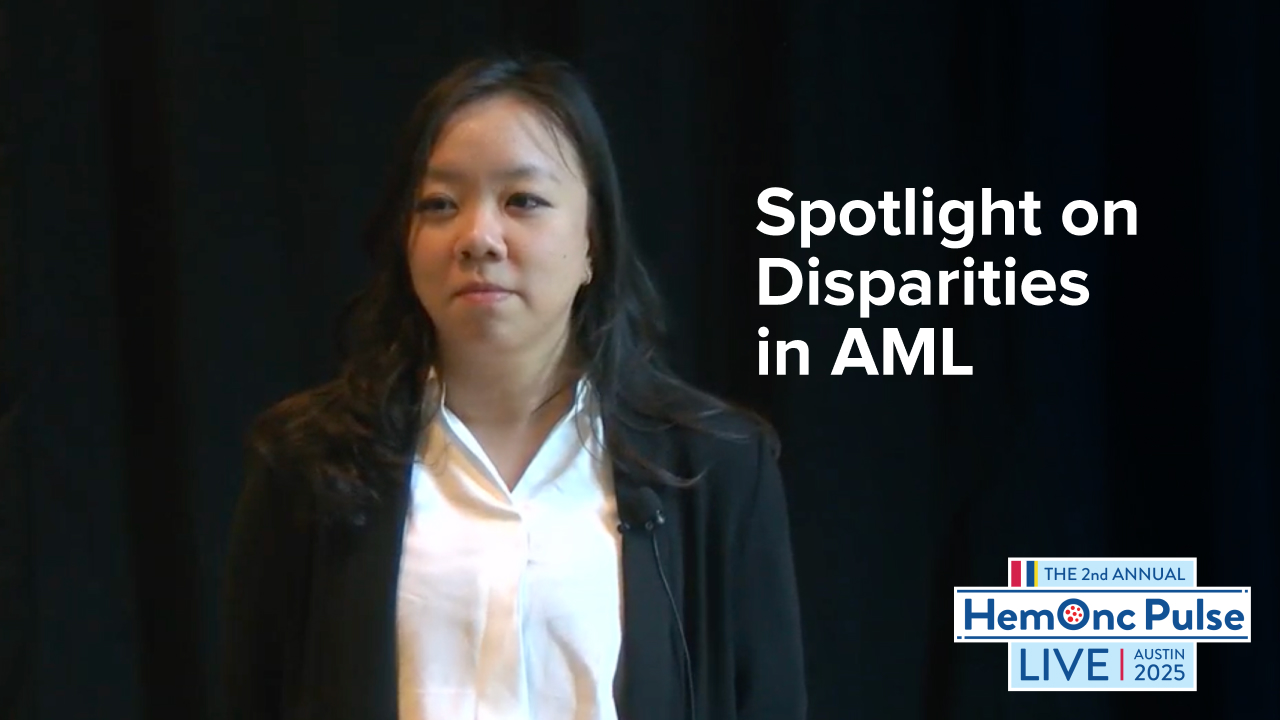
 © 2025 Mashup Media, LLC, a Formedics Property. All Rights Reserved.
© 2025 Mashup Media, LLC, a Formedics Property. All Rights Reserved.